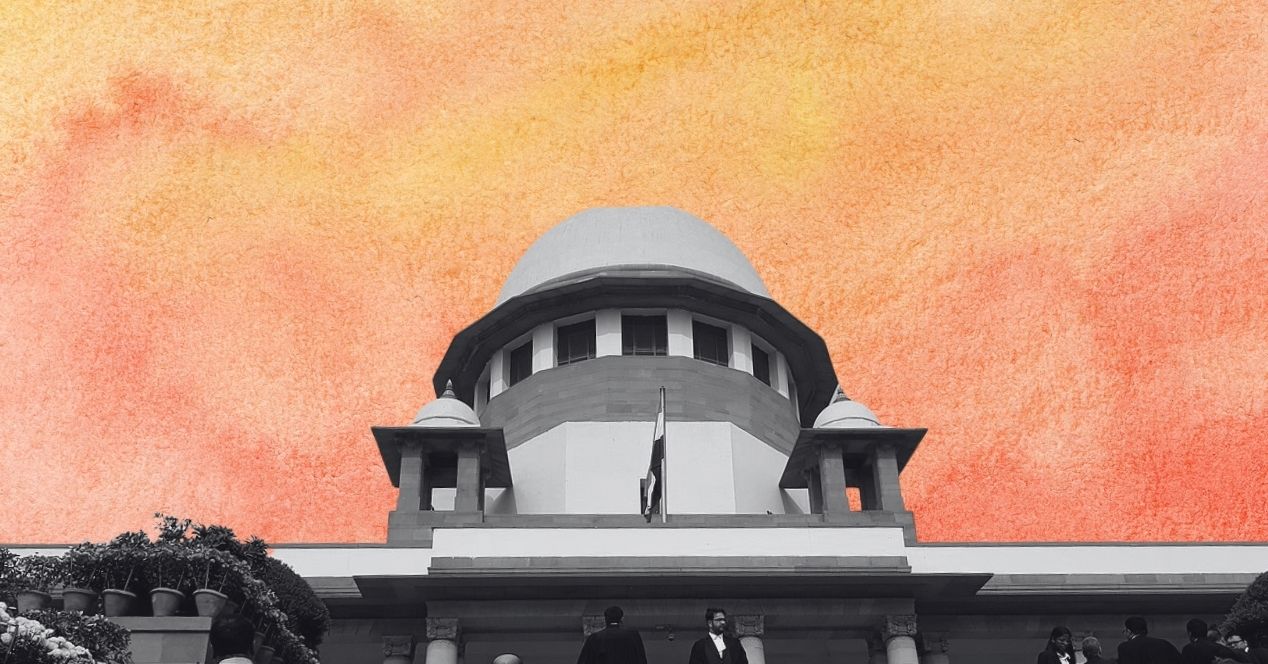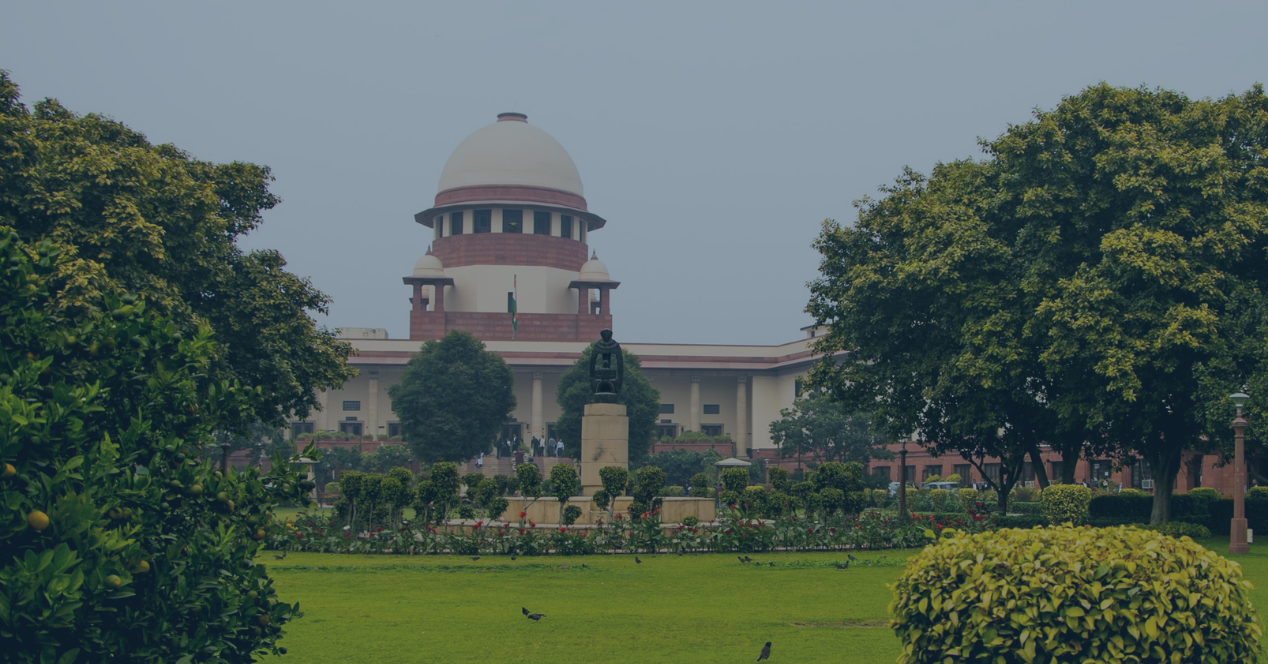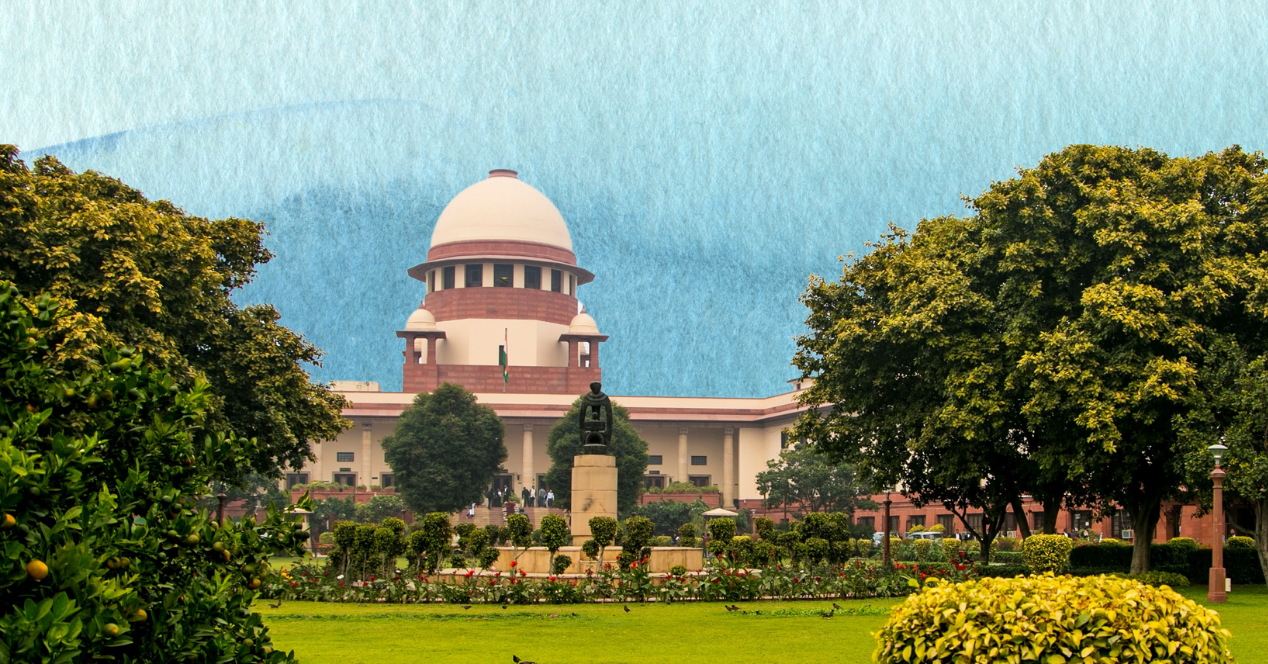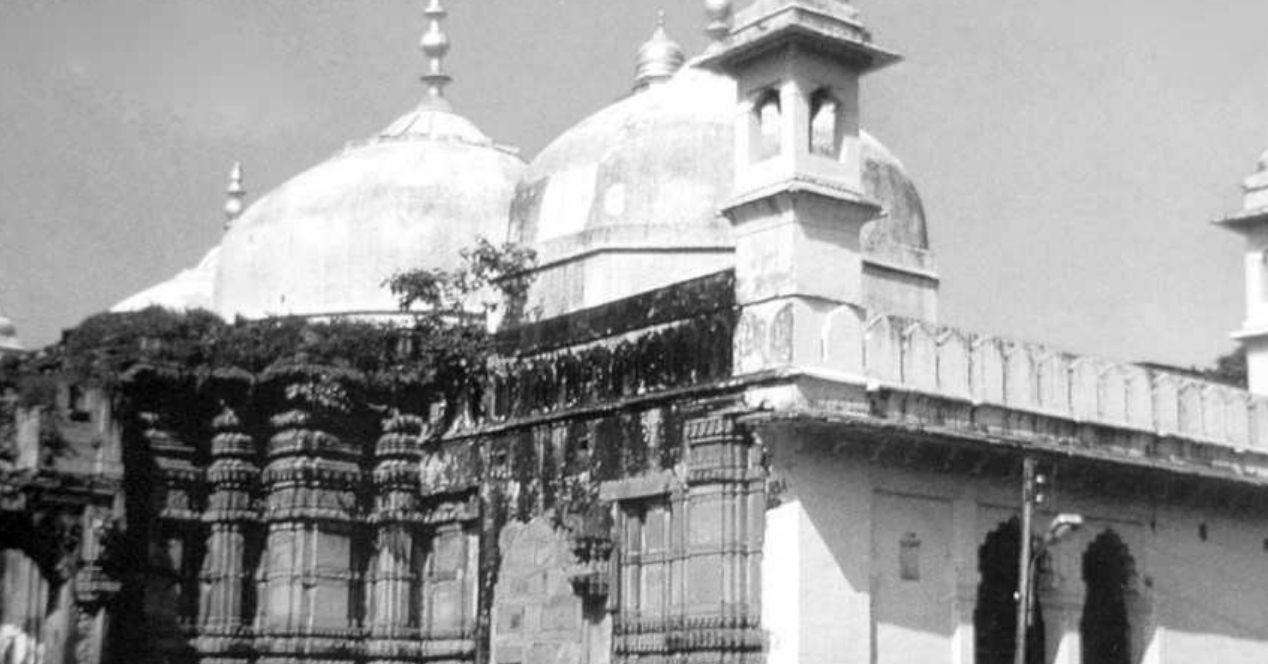Analysis
Gyanvapi Dispute: The SC’s Divergent Stance on Places of Worship
The SC permitting a survey of Gyanvapi mosque may contradict its views on contested places of worship in the 2019 Ayodhya Judgment.
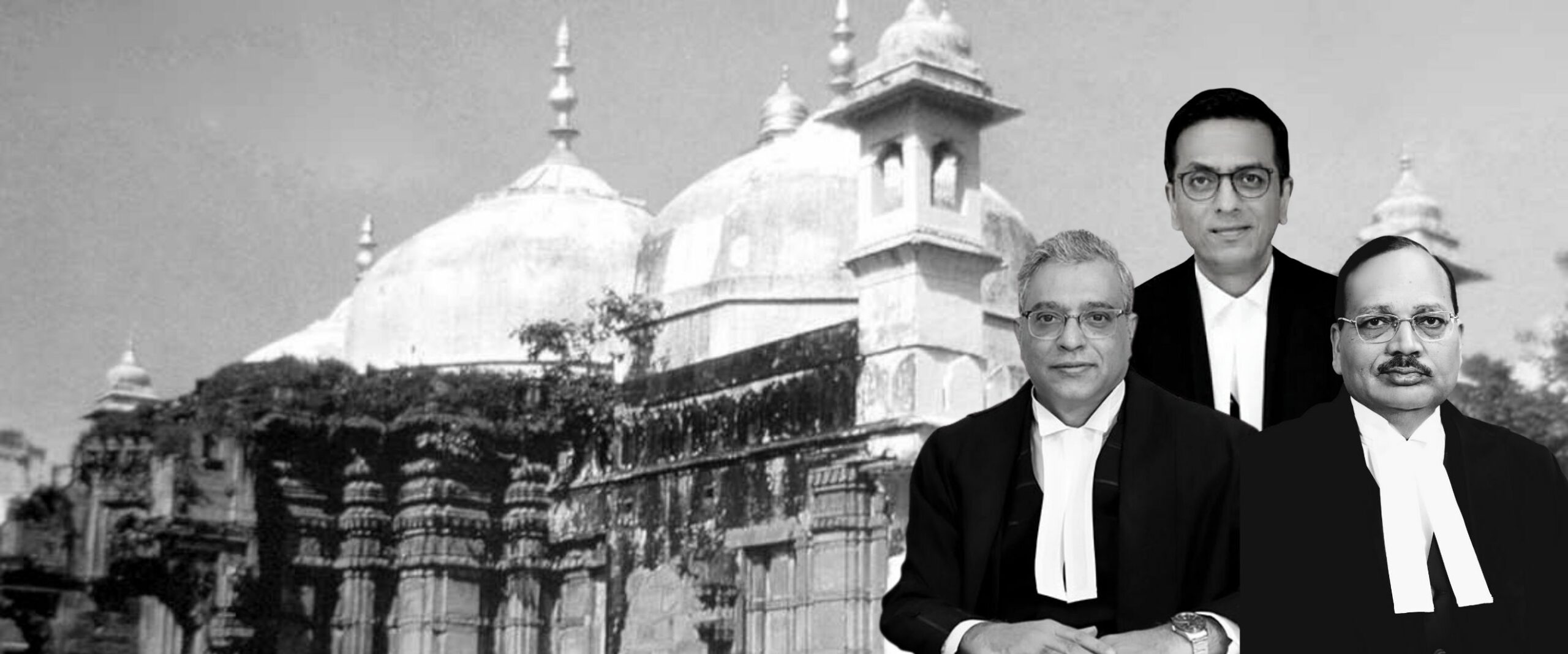
In the Gyanvapi Mosque Dispute, the SC may be gradually setting aside the explicit protections provided by the Places of Worship (Special Provisions) Act, 1991 (PoW Act). In pursuit of finding a ‘balance’ between the interests of the parties, it may deepen communal conflicts instead.
The Gyanvapi dispute started when five Hindu women filed a petition at a Varanasi Civil Court in August 2021. They sought permission to worship Hindu idols allegedly located within the mosque—which they claim stands atop the Kashi Vishwanath temple demolished by Mughal Emperor Aurangzeb in the 17th century. In April 2022, the Civil Court Judge ordered a ‘videographic survey’ to investigate the claim. This Order was challenged in the Allahabad High Court to no avail. The mosque’s Management Committee approached the SC on May 13th seeking a stay on the survey. It argued that the survey violates Section 4 of the PoW Act—which prohibits changing the ‘religious character’ of a place of worship as it existed on August 15th, 1947.
The PoW Act was passed in 1991 against the backdrop of the Babri-Ayodhya conflict. It creates an absolute bar to any change to the religious character of a place of worship except in the Babri-Ayodhya case. Its underlying purpose was to end legal disputes arising out of contested places of worship. Aware of this strained past, Justice D.Y. Chandrachud, who leads the Bench, insisted across hearings that interests must be balanced in this politicised case.
However, on May 20th, Chandrachud J observed—without passing an Order to its effect—that since the survey was purely investigatory, it would not affect the mosque’s religious character. Incidentally, Chandrachud J was part of the 5-Judge Bench that decided the Ayodhya Title Dispute in 2019. In the dispute, the Ayodhya exception in the PoW Act permitted the SC to award the title for the land on which Babri Masjid stood to the deity, Shri Ram Virajman. Given that the Gyanvapi dispute is not an exception to the Act, Chandrachud J’s comments are brought into sharp focus. The survey itself seems to fly in the face of the Court’s observations on the PoW Act in its Ayodhya Judgment.
How Has the Supreme Court Viewed the PoW Act?
The 5-Judge Bench held, in no uncertain terms, that the purpose of the PoW Act and its cut-off date of August 15th, 1947, was to acknowledge that India’s Independence presented an opportunity to ‘heal the wounds of the past’. The Court strongly stated that it must abide by ‘non-retrogression’ and that it could not allow history to be used as a tool to dredge up old disputes and start conflicts anew.
Chandrachud J’s observations in the Gyanvapi dispute, on the other hand, seem to imply that a survey is permissible despite the Court’s stance in the Ayodhya Judgment, and that its results hold weight in deciding the mosque’s character. Following his comments, the Bench transferred the petition to the ‘more seasoned hand’ of a Varanasi District Judge.
Such allowances when interpreting the PoW Act could affect the manner in which the case is decided in the District Court. The ostensible intention to find a ‘balance’ in this case may instead tip the scales towards setting aside the principles of the PoW Act—and the Court’s own comments on the law.
What Are The Possible Consequences Of Allowing the Survey?
The tacit acceptance of surveys to assess the religious character of a place of worship presents long-term consequences that could place the principles of the PoW Act in peril. Already, a bevy of challenges to the religious character of places of worship are arising in the wake of Gyanvapi. The Mathura District Court admitted a petition claiming the presence of Hindu ‘artefacts’ at the Shahi Idgah Masjid. In Karnataka, the Narendra Modi Vichar Manch is seeking permission to allow prayers inside a mosque in Srirangapatna—claiming it was built on top of a Hanuman temple during the reign of Tipu Sultan. In these cases, and in many others, ‘surveys’ are being sought, placing the Court’s findings in Ayodhya on shaky ground.
To read SCO’s incisive court-side reporting on the Gyanvapi Mosque dispute, click here.

